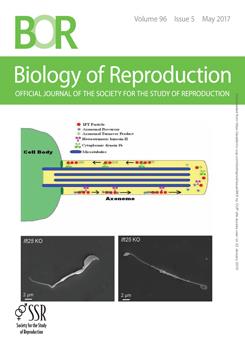Severe uterine damage and infection lead to intrauterine adhesions, which result in hypomenorrhea, amenorrhea and infertility. Cell sheet engineering has shown great promise in clinical applications. Adipose-derived stem cells (ADSCs) are emerging as an alternative source of stem cells for cell-based therapies. In the present study, we investigated the feasibility of applying ADSCs as seed cells to form scaffold-free cell sheet. Data showed that ADSC sheets expressed higher levels of FGF, Col I, TGFβ, and VEGF than ADSCs in suspension, while increased expression of this gene set was associated with stemness, including Nanog, Oct4, and Sox2. We then investigated the therapeutic effects of 3D ADSCs sheet on regeneration in a rat model. We found that ADSCs were mainly detected in the basal layer of the regenerating endometrium in the cell sheet group at 21 days after transplantation. Additionally, some ADSCs differentiated into stromal-like cells. Moreover, ADSC sheets transplanted into partially excised uteri promoted regeneration of the endometrium cells, muscle cells and stimulated angiogenesis, and also resulted in better pregnancy outcomes. Therefore, ADSC sheet therapy shows considerable promise as a new treatment for severe uterine damage.
How to translate text using browser tools
20 June 2018
Partial regeneration of uterine horns in rats through adipose-derived stem cell sheets
Huijun Sun,
Jie Lu,
Bo Li,
Shuqiang Chen,
Xifeng Xiao,
Jun Wang,
Jingjing Wang,
Xiaohong Wang
ACCESS THE FULL ARTICLE

Biology of Reproduction
Vol. 99 • No. 5
November 2018
Vol. 99 • No. 5
November 2018
adipose-derived stem cells
cell differentiation
cell sheet engineering
uterine regeneration




